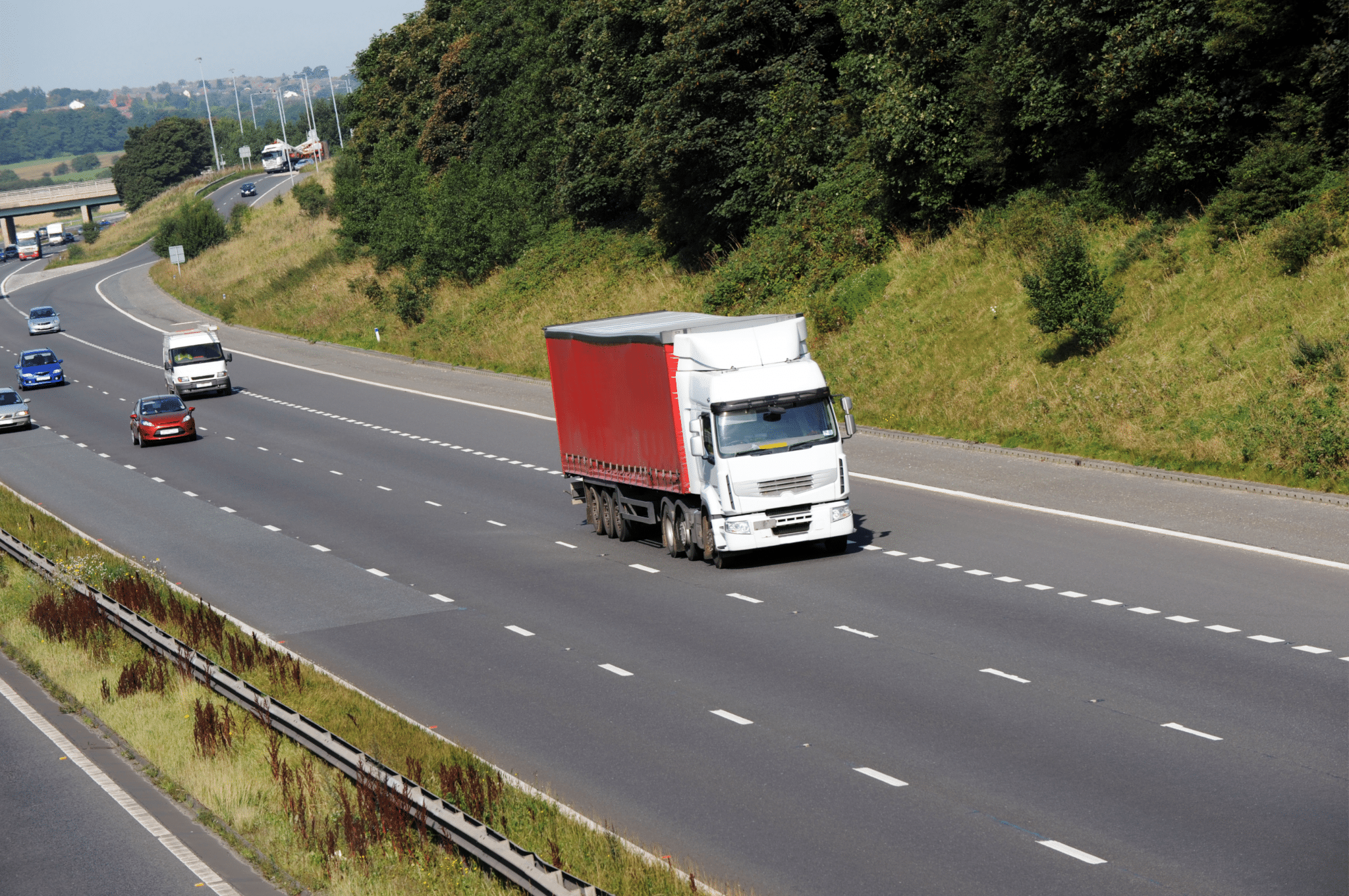
How can technology help commercial drivers with the 2022 changes to the highway code?
On the 29th January 2022, planned changes to the Highway Code came into force. The major change for commercial drivers was the introduction of a hierarchy of road users.
The underlying principle of the hierarchy of road users is that those who can do the most harm have a responsibility to reduce the danger to others, and road users who face the greatest risk have a higher priority.
This results in the following hierarchy of road users:
1. Pedestrians
2. Cyclist
3. Horse Riders
4. Motorcyclist
5. Cars & Taxis
6. Vans & Minibuses
7. Large Goods & Passenger Vehicles
Drivers of HGV's now have the greatest responsibility to reduce the danger for other road users, with drivers of vans also bearing increased responsibility.
The update to the Highway Code also brought in several additional new rules, and revisions to a number of existing rules that impact commercial drivers:
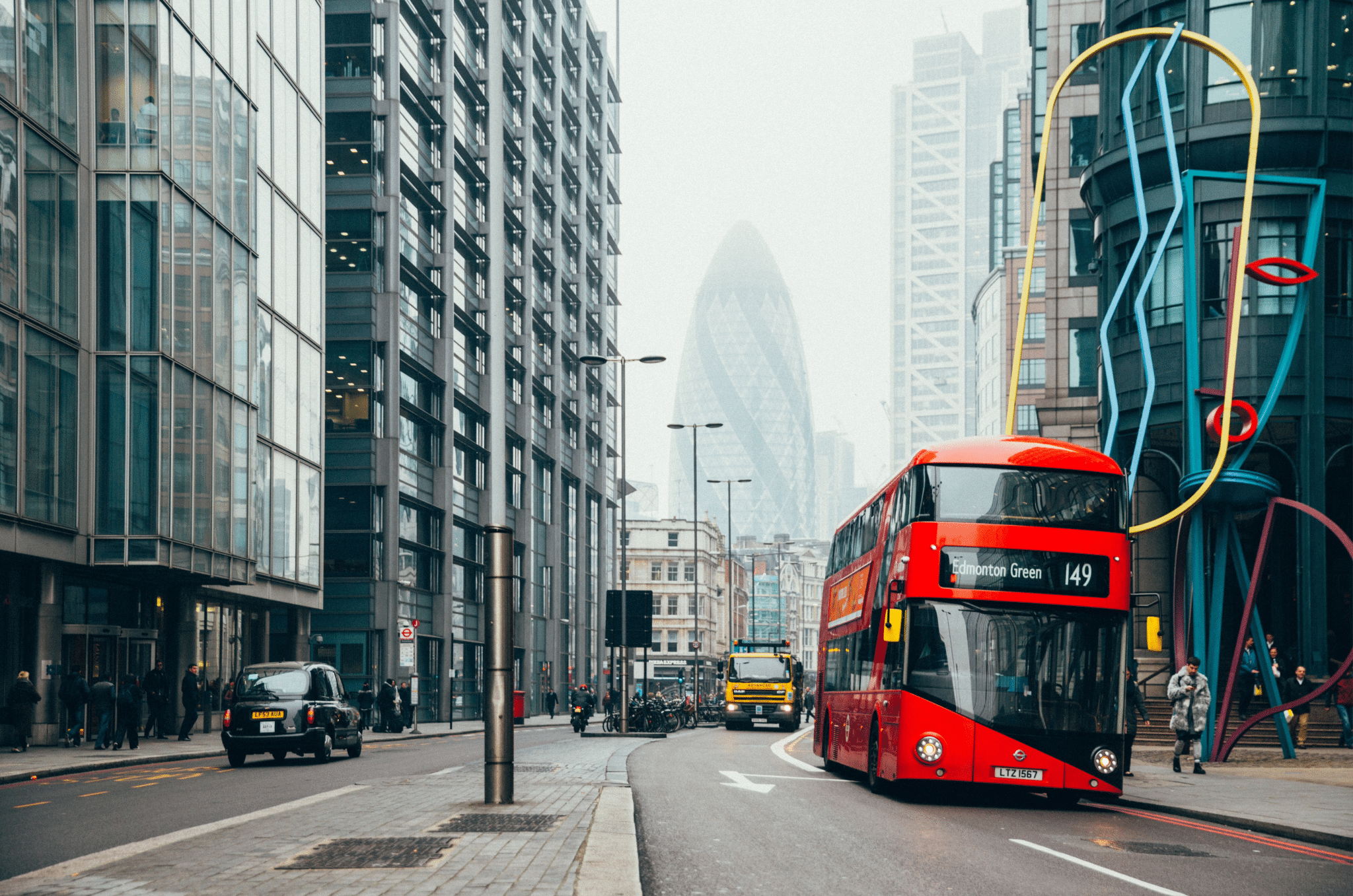
Motorists should give way to pedestrians
A new rule (Rule H2) introduces instructions for motorists, motorcyclists, horse-drawn vehicles and cyclists. when turning into a road, priority should be given to pedestrians who are crossing or waiting to cross.
This is different to previous versions of the Highway Code, which vehicles had priority at a junction unless pedestrians crossing were halfway across the junction.
The new rule also clarifies that drivers, motorcyclists and cyclists should give way to pedestrians waiting to cross a zebra crossing.
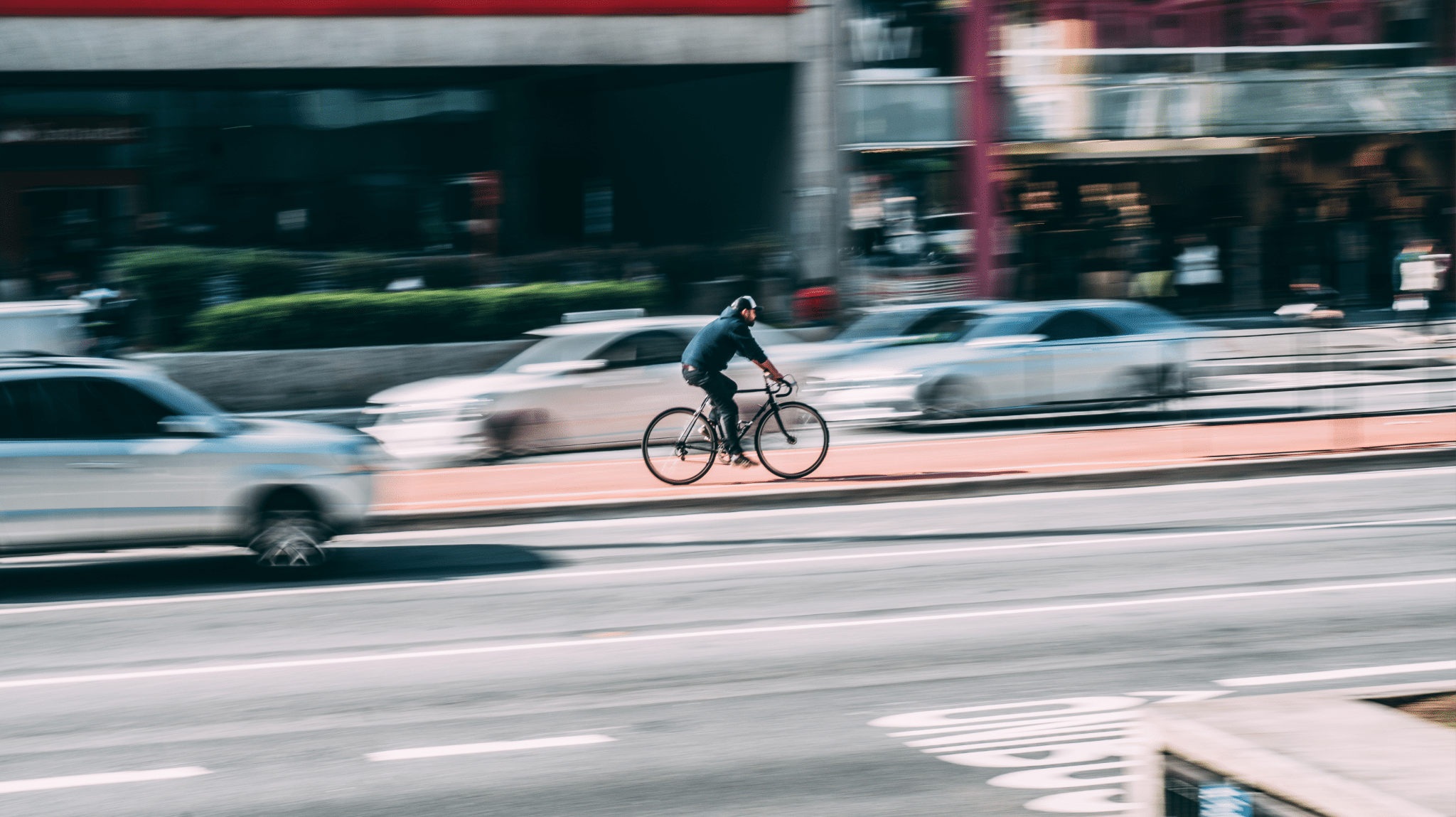
Drivers should give priority to cyclists when turning, and at roundabouts
The updated Highway Code also clarifies that cyclists have priority when going straight ahead at junctions, over traffic waiting to turn in or out of a side round.
There is guidance for cyclists going straight ahead on a junction to ensure they are mindful of other vehicles that may be crossing their path, reminding them that those in vehicles ahead may not be able to easily see them.
However, commercial drivers should remain aware that in the event of any incident, responsibility will lie with those who can do the greatest harm - the HGVs and vans at the foot of the hierarchy of road users.
The code has also been updated to clarify that priority should be given to cyclists at roundabouts. The previous code was already clear that cyclists and those riding horses or horse-drawn vehicles could stay in the left hand lane of a roundabout, even when going straight ahead or travelling around the roundabout.
The new code provides guidance that motorists should not attempt to overtake cyclists within their lane on a roundabout, and that motorists should also allow cyclists to cross their path as they travel around the roundabout.

Cyclists should position themselves where they are most visible
The update to the code also provides clarity for where cyclists should position themselves in the road, which was previously quite vague.
The new guidance suggests that cyclists position themselves in the centre of their lane to help improve visibility on quiet roads, or on the approach to junctions. It also recommends keeping at least 0.5 metres away from the kerb orfurther if it is safer on busier roads.
There is also an update to guidance for cyclists riding in groups. The previous version of the code said that riders should never ride more than two abreast, and should rise in single file on narrow or busy roads. The new guidance suggests it can actually be safer to ride two abreast, and that cyclists should move into single file or stop to allow overtaking only when it is safe for them to do so.
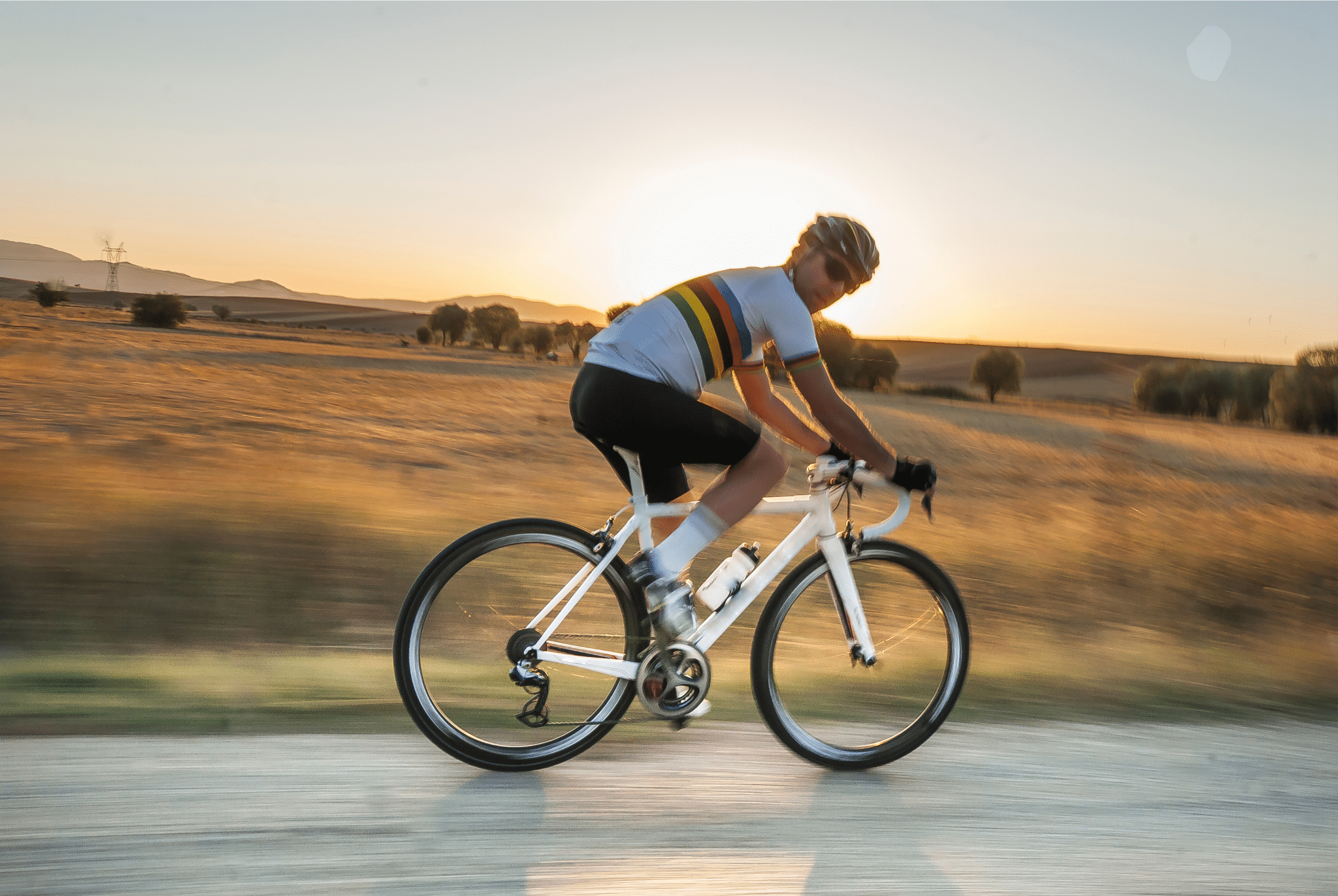
Drivers should leave at least 1.5 metres when overtaking cyclists
The new code suggests leaving at least 1.5 metres when overtaking cyclists in slow moving traffic (speeds less than 30 miles per hour) and allowing at least 2 metres when passing horse riders, horse-drawn vehicles and pedestrians walking in the road.
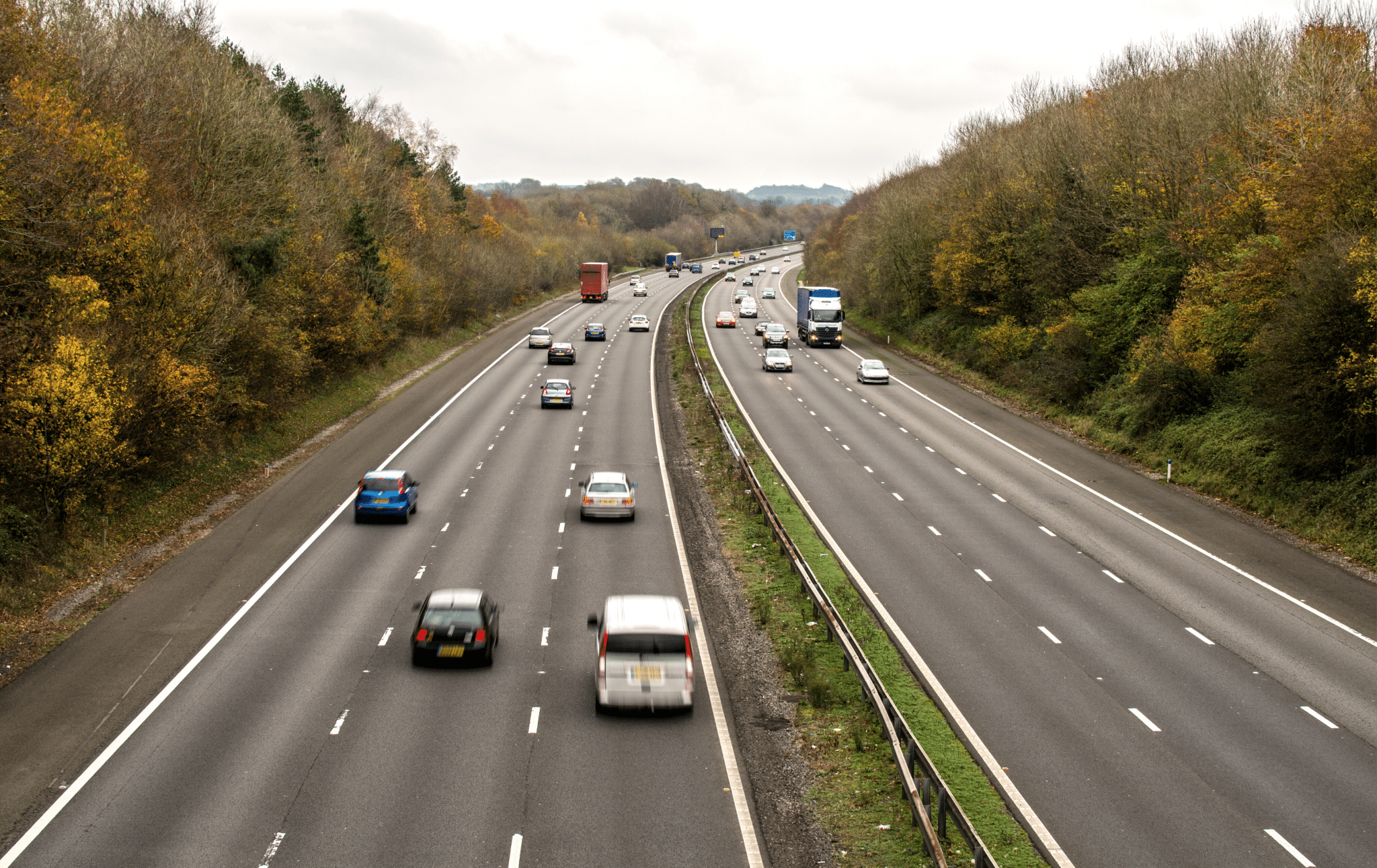
Drivers should open doors using the 'Dutch Reach' technique
In an attempt to address the number of incidents that involve cyclists being hit by opening vehicle doors, the new code also recommends that drivers use the 'Dutch Reach' technique when exiting vehicles. This approach was successfully implemented across the Netherlands in the 1970s to help address similar high numbers of road traffic incidents involving cyclists and people getting out of vehicles.
In summary, the 'Dutch Reach' technique involves motorists opening their car doors using the hand that is furthest from the door. Opening your door this way causes the drivers body to turn so they can see any oncoming traffic - including cyclists.
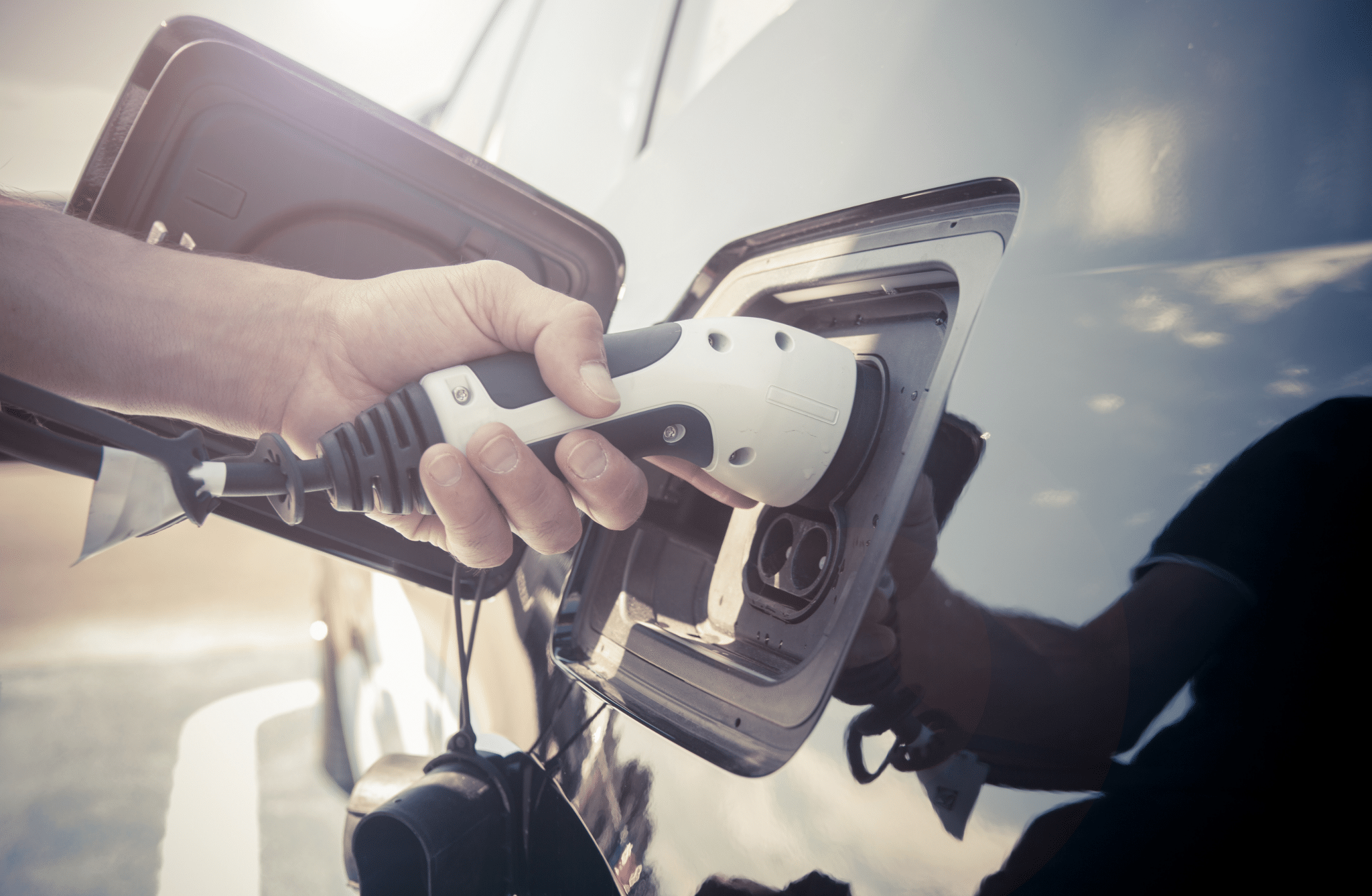
Guidance for charging electric vehicles
The new code also introduces guidelines about using electric vehicle charging points considerately for other road users, with drivers advised to park as close to the charging point as possible to avoid trailing cables, and suggestions to display a warning sign for the potential trip hazard.
How can technology help drivers adjust to the new changes?
With the new hierarchy of road users, there is a higher burden of responsibility on HGV and van drivers as they have the potential to cause the greatest harm to others on the road.
As a fleet manager, it's important to make sure that drivers have all the equipment and support necessary to help them reduce the risk they pose for more vulnerable road users.
One of the biggest challenges for drivers of large commercial vehicles is visibility of other road users from their mirrors. Although vehicle mirrors can aid drivers, they can still leave blind spots. This is where a 360° vehicle camera solution such as VUE360 can help drivers get a full birds-eye view around their vehicle, increasing their visibility so they are fully aware of all other road users around them. Increased visibility with a 360° vehicle camera leads to fewer accidents - which reduces injuries for vulnerable road users, and reduces costs for fleet companies.
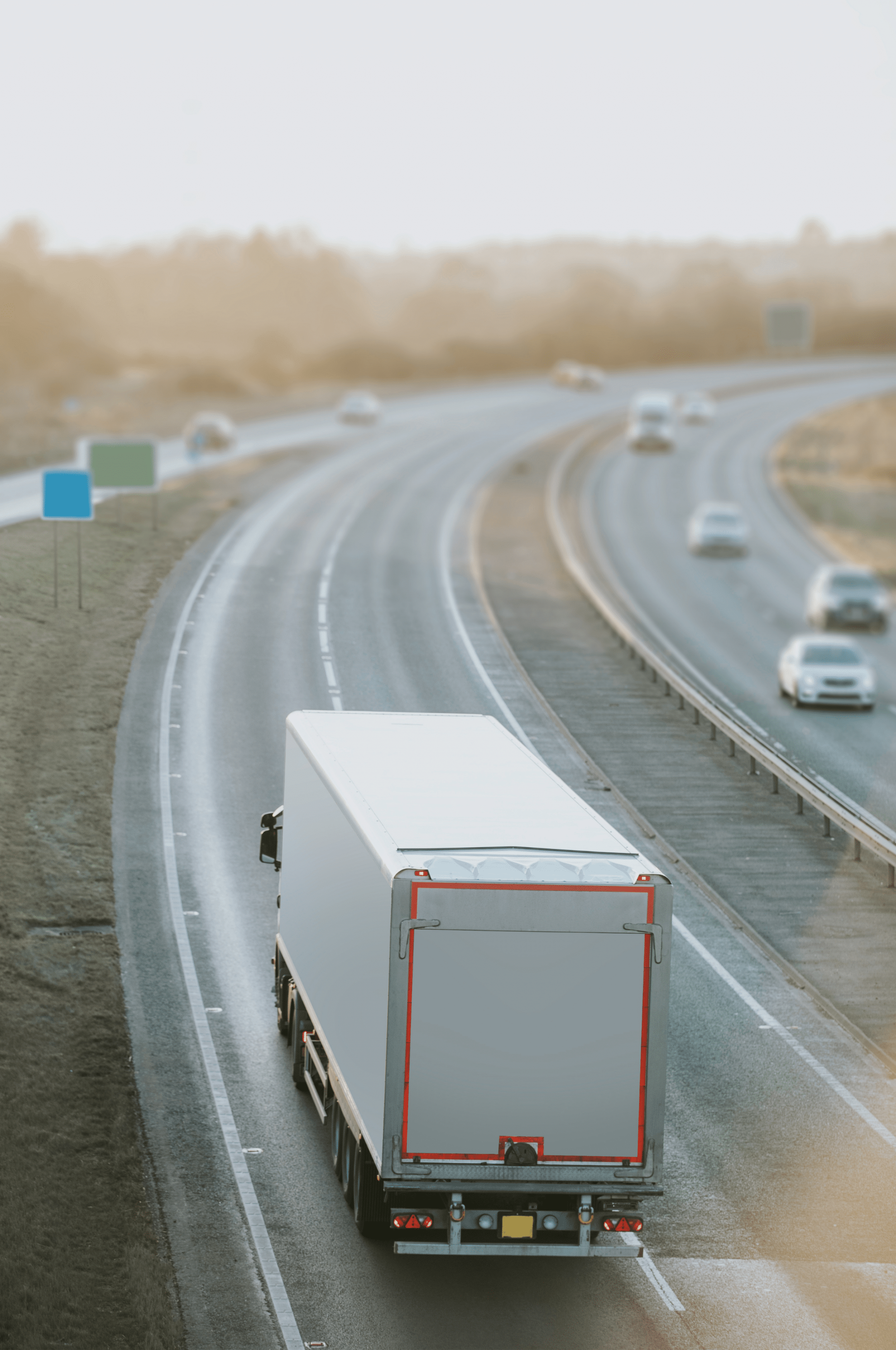
London has led the way in the UK with their standards for driver visibility, with the Direct Vision Standard being enforced across the capital since 1st March 2021. With the recent revisions to the Highway Code, there is increased interest in from fleet managers across the country in meeting DVS standards for vehicles are driving in built-up areas.
If fleet managers wish to satisfy the Direct Vision Standard ‘Safe System’ requirements, then VUE can help - the VUEConnected range will help fleets become compliant across a range of safety schemes.
Fleet managers should also look to act to protect their drivers against potential claims, given that the burden of responsibility for any incident is likely to rest with commercial drivers.
Without video evidence, claims reliant on eyewitness accounts can often take months, and can be difficult to address. Video footage can provide clear, objective evidence for who was at fault for any incident, and can help businesses address claims more quickly. With VUEConnected you can capture CCTV footage to help determine fault, and you are able to easily share with any third parties via VUECloud to help speed up any claims.
Want to know more about the Highway Code changes?
Click the link below
7 Key Things To Know About The Highway Code Changes
